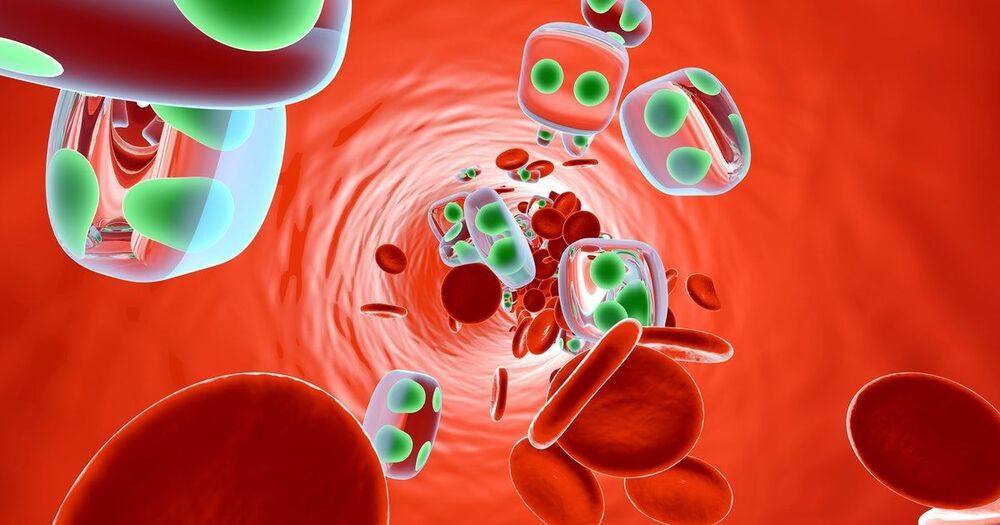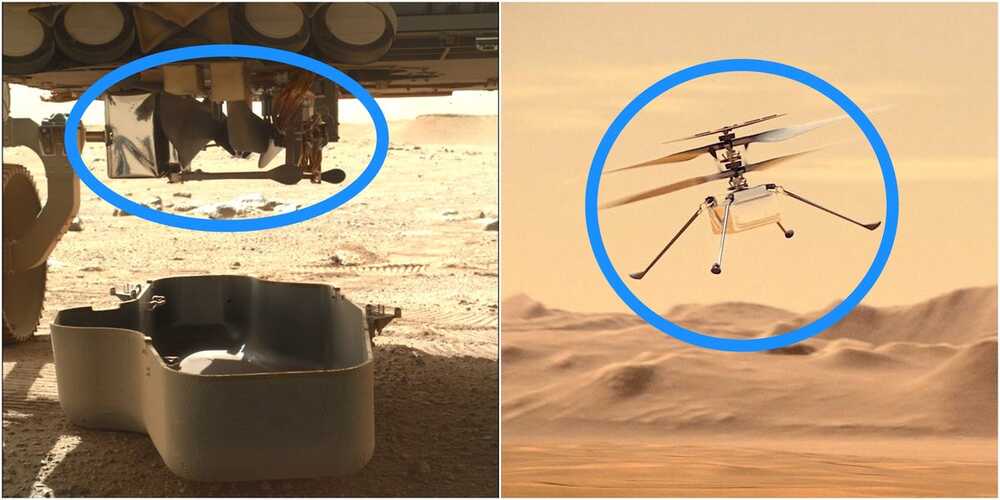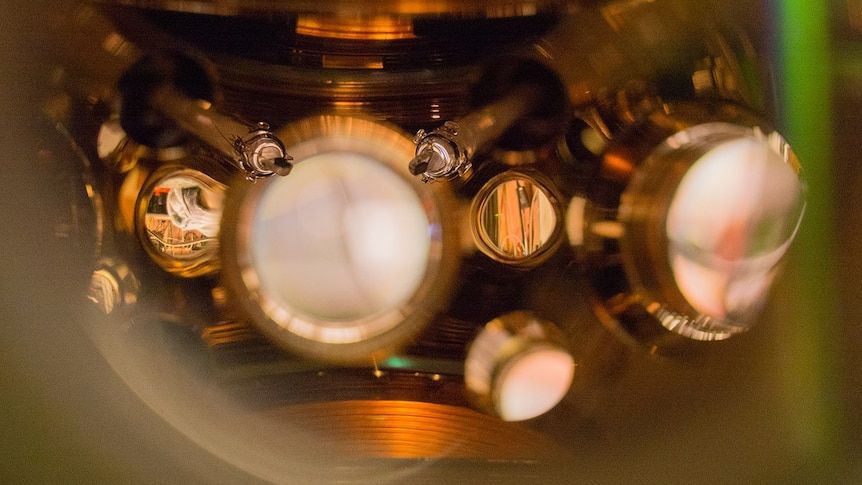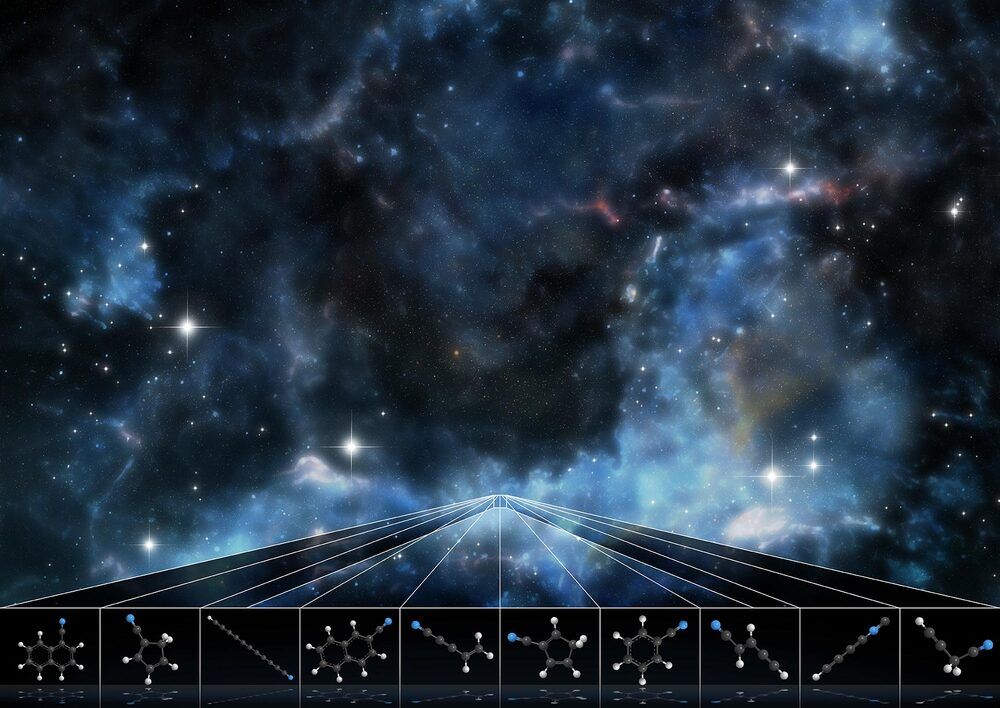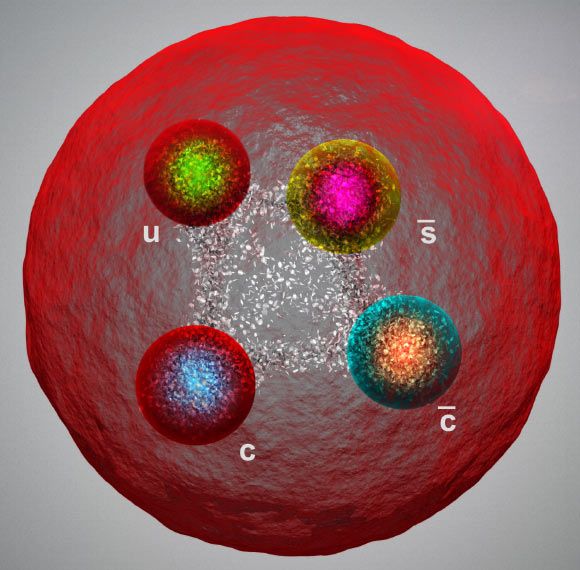Great new episode with NASA cosmologist Jason Rhodes who discusses everything from the earliest galaxy surveys to dark matter and the cosmic web.
Jason Rhodes, a cosmologist at NASA’s Jet Propulsion Laboratory in Pasadena, and the JPL Roman Space Telescope Project Scientist, discusses a proposed galaxy survey to end all galaxy surveys. One that would wring as much information out of our universe’s trillion or so galaxies across cosmic time as humanly possible. Astronomers are still at least half a century off from this final galaxy census, but the hope is that it will give cosmologists most of the answers they need about the makeup and structure of the universe.
